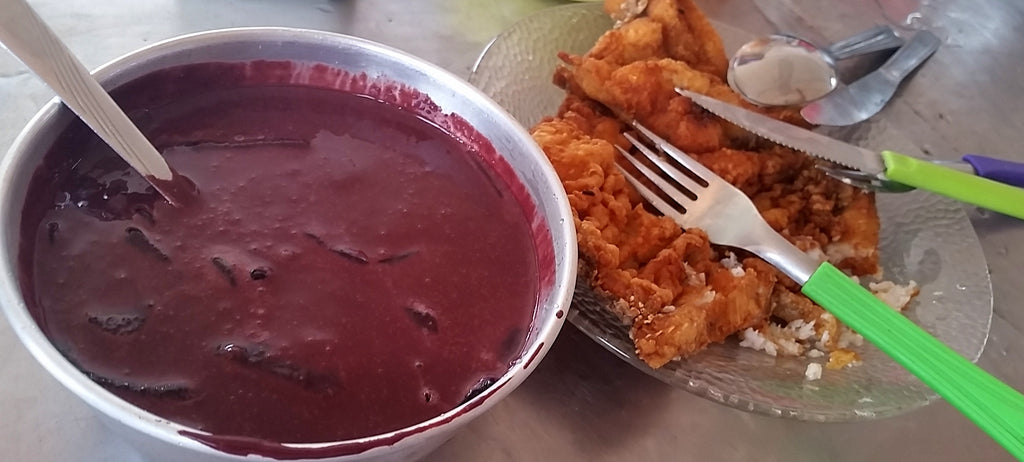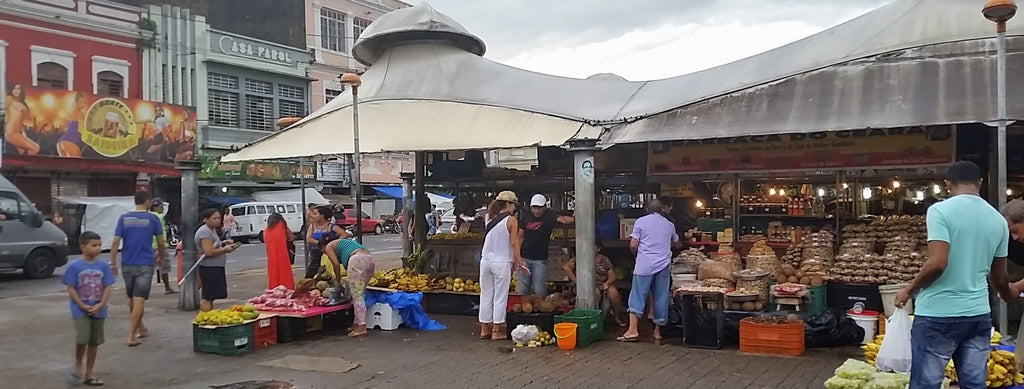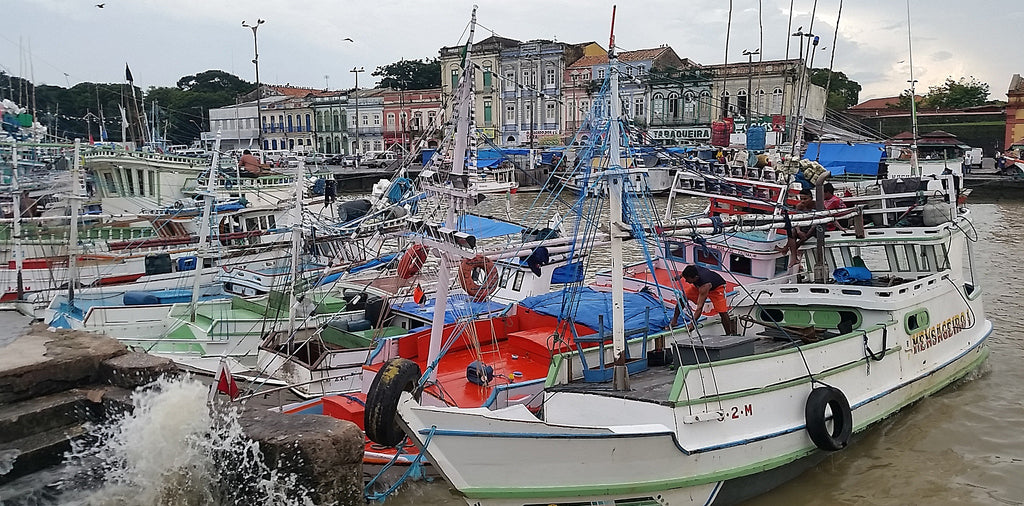For more info on them please visit
Thursday, May 12, 2016
Friday, February 5, 2016
7 Overkill Face Oil Blend
It is so much fun seeing your kids getting this kind of love!
You can get 2 oz. of this amazing oil for under 25 bucks! It is the best and the love keeps coming in:
"Love, Love, Love this oil, could tell right away when i put a few drops along with my other oils for my face serum, could really tell the difference, i like the oils that the shop owner has used for this product, all my favorites, was very happy to see that she did that, good price for what you get and all you need is a few drops in a small bottle. will buy this product again once i run out. thanks again."
"I have a sensitive skin and mostly get dark spots on my face but now my face is improving and glowing. I can see the spots fading."
"Purchased this small bottle specifically to have in my purse. Since I don't wear makeup, I can apply it anytime my face needs extra moisture. Thank you for offering it! This is the ONLY shop on Etsy from which I purchase skincare oils. Thank you for the extra sample. You're the best!!"
"I used to use your Maracuja oil about a year ago. I'm not even sure why I quit. I decided to try this one and I'm glad I did. It sinks right in like the Maracuja and makes my skin super soft! Thank you!!"
"- Muchísimas gracias for the free sample of the 7 Overkill oil! I had just finished taking off my makeup when I opened the package, so I applied it right after cleansing my face. The texture is AMAZING! When I first put it on I thought I would be too oily, but I spritzed my face with rose water as usual, then massaged it into my skin. Five minutes later, the oil had absorbed completely into my face & my skin felt like velvet! That velvety texture is how that I know I've found a too-quality facial oil/cream -- you don't get that feeling from cheap-ass silicone-based products. I like this stuff almost as much as my DYI facial oil -- & that's saying something! "
www.RainforestChica.com
Buying Exotic Oils & Butters
When buying an exotic oil (or butter) our first instinct is choosing by the price. Unfortunately, even if you are on a budget, you definitely should be more careful with this choice.
Most of our exotic fats come from parts of the world that have little to no regulation on this market. And the FDA knows very little and is way too busy to be really effective. As long as it says "vegetable oil" and "for external use only" chances are, the product is entering the country.
The FDA isn't even regulating the whole "organic" thing for cosmetics. Anyone can slap an "organic" on the description of a product and charge you a couple more bucks.
Things that can go wrong with exotic fats:
they can be mixed with cheaper oils or butters.
they can be produced by other methods than cold pressing, losing a lot of their properties.
they can be contaminated with undesirable stuff - eww!
they can be using slave-like working conditions.
their plantations can be destroying forests and animals.
their plantations may use a BUNCH of chemicals, stuff we sell to other countries because they are illegal here.
When buying a new oil or butter contact the shop, ask questions. Make sure they sound like they know what they are talking about. It doesn't matter if you are buying 1 oz. or 10 kgs. Ask where the product comes from, how it is produced, how it is harvested, if it is cold pressed, unrefined. If not wild harvested, if it is organic. Ask questions, wait for the answers, then make your decision!
It is your body, you only get one. Be very kind to it!
This post is also on my FORUM, please check it out and share your ideas and experiences with us!
Rainforest Chica Origins
This is the map of Brazil, I marked with arrows my hometown of Rio de Janeiro and up north, Belem, the place I usually visit when I go to the Amazon forest. They are about 1500 miles apart - about the distance from Miami to Maine.
Even though I was born in a big city and raised to be a beach girl, my parents would always take me to the beautiful forests of Rio (we have the largest urban forest in the world) where I learned to appreciate every aspect of being in contact with Nature, even the bugs.
In 2010 I decided to stop in Manaus, a Brazilian city in the heart of the Amazon forest, for a couple of days on my way to Rio. It was in this trip a street vendor offered me Pracaxi Oil, I was having a horrible melasma at the time and trying all sorts of chemical treatments. Four weeks after starting with the Pracaxi I decided I had to, somehow, share the many amazing Amazon products with more people. And five years later Rainforest Chica is doing just that! It is extremely exciting and rewarding!

Saturday, January 2, 2016
Market Ver-O-Peso, Belem
The Ver-o-Peso Market is located in Belém, capital city of the state of Pará. It is considered the largest open-air market of Latin America and supplies the city with various types of food and medicinal herbs from the interior of the Amazon forest, mainly provided through the river.
It is called "Ver-o-Peso" following a colonial era tradition, since the tax collector's main post was located there, which was called "Casa do Haver-o-peso" ("Have-the-Weight House"). It was there that the taxes over goods brought from the Amazon forests, rivers and countryside should be paid to the Portuguese crown, but only after their weight was measured, hence the name, which later suffered a contraction. It is one of the oldest markets in Brazil.
I was reading a few bad reviews on Trip Advisor, and I can't deny it, they are right, the place does smell, it is loud, not too pretty, very crowded at times, no one speaks English and if you don't pay attention and follow the usual "traveling to South America" rules, you will lose your wallet. Still, one of the coolest places I have ever been, and all the gringos I met there, agreed with me (strangely enough, most of the bad reviews came from Brazilians).
The market is located in the old part of the town, by the port and besides a big old warehouse, it is open air covered by big fixed tents. There you can find: fruits, veggies, herbs, oils, cures, candles, folk medicine, dried meats and fresh fish, jewelry and crafts and a bunch of little kiosks selling quick food and drinks: croquettes, beer, juices, sandwiches and the local favorite, their staple food: fried fish an acai.

They usually serve a fish called "filhote" which literally translates to "tiny son" but, ironically, is a huge fresh water fish that can reach up to 600 lbs. They eat it pan fried with a light flour coat. Their acai is just the pulp blended with water. As I was sitting there eating it for the first time, the locals were trying to teach me how to eat it, asking questions and cheering me on.


Mangoes, starfruit, cupuacu and passion fruit pulp (in the yellow bags).
I had never seen quite a few fruits and veggies they sold there, while they do have the southern imported apples, grapes, watermelon and oranges, and some local known ones, like passion-fruit, guava, mangoes, soursop, the most fun part is walking around checking out all their exotic goodness.
I felt like a kid in a toy shop, I asked questions, touched everything and, of course, bought a bunch of different stuff. I have videos of me trying some of them on my YouTube channel. While most of them are quite good, I don't recommend that amount of exotic fruits in one sitting... It may cause a week long war in your belly (caused in mine, and by then I was in Rio for Carnaval! I had no time for that!)


Pupunha, a little fruit that needs to be cooked and tastes like potatoes and the locals like to eat for breakfast with black coffee, local boys selling fruits.


Separating Cupuacu's pulp from its seeds is hard task and needs to be done with scissors - Bacuri. was quite interesting, strong smell and taste, not bad, just like nothing I have had before. A lot of the fruits from the north have thick, strong skins and white pulps strongly attached to the seeds.


Dried meat and fresh fish. The meat comes from the south of the country, the fish is locally caught and sold daily at the market and to restaurants. They don't use fridges for their fish, they lay them on a counter and use a thin layer of ice on top. It gets less weird the longer you visit, and by the third time you eat fish there, you don't worry about it anymore...


Tons of Brazil-nut and cashews, seeing these usually expensive snacks being sold for the price of peanuts, makes you go a little overboard. I was walking around with 5 kg bags. Grapes and apples brought from the south of the country and the local guava usually cultivated in community farms.


Their jewelry are made from seeds, fish scales and leather. They are colorful and either made by indigenous tribes or inspired by them.

Me, in white, probably asking a thousand questions to that bacuri vendor.
The market has the, mostly commercial, old part of the town on one side, the river on the other, little bay with the boats that bring their goods on one end and the main historical port on the other.
It is an amazing place for the open minded and I hope to, one day, plan a Rainforest Chica group trip to Belem with friends and customers!
Subscribe to:
Posts (Atom)


